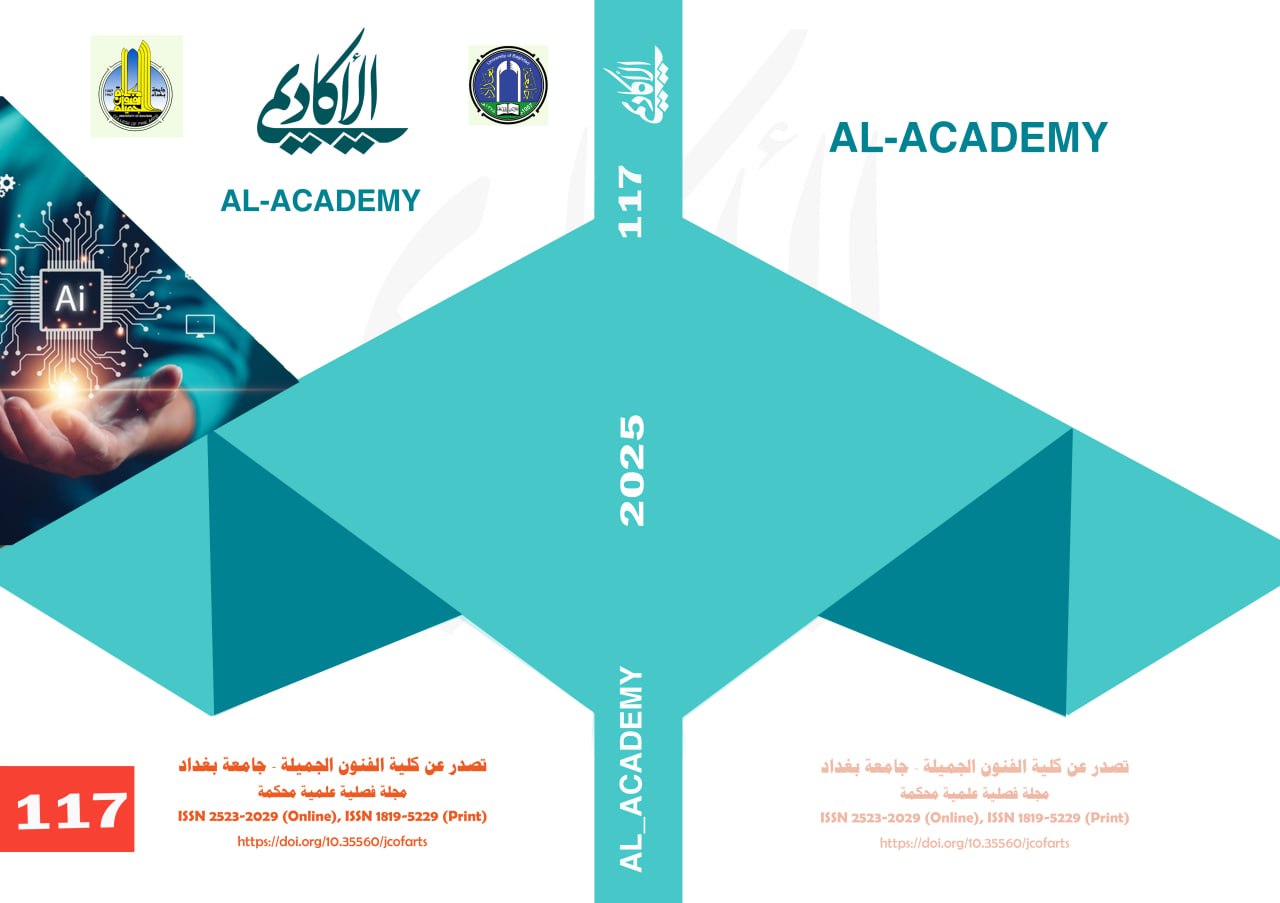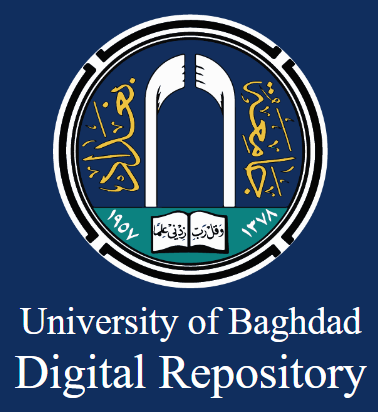فاعلية تقنيات المحاكاة الرقمية في تصميم وتحليل الأقمشة المنسوجة
DOI:
https://doi.org/10.35560/jcofarts1566الكلمات المفتاحية:
الكفاءة، المحاكاة الرقمية، الأقمشة المنسوجةالملخص
تعتبر تقنيات المحاكاة الرقمية في مجال تصميم وتحليل الأقمشة المنسوجة ثورة تكنولوجية حديثة تتيح للباحثين والمهندسين إنشاء نماذج أكثر كفاءة ودقة وتحليل الخواص الميكانيكية والفيزيائية للمنسوجات قبل البدء في التصنيع مما يوفر الوقت والجهد عن تنفيذها بالطرق التقليدية.
يهدف البحث إلى تقييم دقة وكفاءة برنامج TexGen في محاكاة الأقمشة المنسوجة، وتحديد التحديات والقيود المرتبطة باستخدام برنامج TexGen. وتوصلت الدراسة إلى أن برنامج المحاكاة الرقمية TexGen قادر على تمثيل التراكيب النسيجية بدقة عالية، ولكنه يعتمد على إعدادات التصميم وجودة البيانات المدخلة، ويعتبر بديلاً للطريقة التقليدية، مما يقلل التكلفة والوقت وتسهل تحسين تصميم الأقمشة قبل التصنيع.
أوصى البحث بما يلي: تحسين تكامل TexGen مع برامج المحاكاة العددية المتقدمة لتوفير تحليل أكثر شمولاً. وإجراء دراسات مقارنة مع أنواع أخرى من تقنيات المحاكااة والنمذجة الرقمية لتحديد الميزات والعيوب بشكل أفضل.
المراجع
Banks, J. (2014). Discrete-Event System Simulation. Pearson. 1-2311-4614-1-https://doi.org/10.1007/978
Brown, T. (2018).* The impact of weaving patterns on fabric strength. Journal of Textile Science, 45(3), 123-145. https://doi.org/10.xxxx
Chen, L., et al. (2018). "Mechanical modeling of woven fabrics using finite element analysis." Journal of Materials Science, 53(12), 8765-8778. https://doi.org/10.1007/s10853-018-2134-6
Garcia, M., et al. (2022). "Advanced techniques for integrating biological data with simulation models." Computational Biology, 15(3), 45-60. https://doi.org/10.1093/combiol/czab045
Green, S. (2021).* Understanding different types of woven fabrics. Textile Today. Retrieved from https://www.textiletoday.com/woven-fabrics
Gupta, A., et al. (2019). "Mathematical modeling of fabric cutting processes." International Journal of Clothing Science and Technology, 31(2), 234-247. https://doi.org/10.1108/IJCST-03-2018-0034
Harris, D. (2018).* Innovations in weaving technology. In J. Smith (Ed.), Proceedings of the International Conference on Textile Engineering (pp. 89-102). Textile Publishers.
Humphrey, J. D. (2003). "Continuum biomechanics of soft biological tissues." Proceedings of the Royal Society of London. Series A: Mathematical, Physical and Engineering Sciences, 459(2029), 3-46. https://doi.org/10.1098/rspa.2002.1060
Hunter, P. J., et al. (2010). "Modeling the human heart: from genes to cells to the whole organ." Science, 330(6006), 1678-1682. https://doi.org/10.1126/science.1190929
Johnson, T., et al. (2020). "Muscle tissue modeling using computational simulations." Journal of Applied Physiology, 128(4), 789-797. https://doi.org/10.1152/japplphysiol.00745.2019
Kumar, S., et al. (2020). "Mathematical modeling of dye diffusion in textiles." Textile Research Journal, 90(5), 567-578. https://doi.org/10.1177/0040517519871345
Law, A. M. (2015). Simulation Modeling and Analysis. McGraw-Hill. https://doi.org/10.1036/0070592926
Li, X., et al. (2017). "Modeling of textile finishing processes using computational simulations." Journal of Industrial Textiles, 47(4), 567-582. https://doi.org/10.1177/1528083716674901
Smith, J. (2020).* Textile Weaving: Techniques and Applications. Textile Press .
Smith, J., et al. (2018). "3D modeling of cancer tissue for radiation therapy." Cancer Research, 78(10), 1234-1245. https://doi.org/10.1158/0008-5472.CAN-17-3123
Taylor, L. (2019).* Design and analysis of 2D woven fabrics (Unpublished doctoral dissertation). University of California .
Wang, H., et al. (2021). "Thermal properties modeling of textile structures." Textile Research Journal, 91(7), 789-801. https://doi.org/10.1177/0040517520962301
White, P. (2017).* Applications of 2D woven fabrics in industry. In R. Black (Ed.), Innovations in Textile Engineering (pp. 45-67). Tech Press .
Zhang, Y., et al. (2019). "Computer modeling of textile manufacturing processes." Journal of Textile Engineering, 65(3), 123-134. https://doi.org/10.1016/j.jte.2019.03.002
التنزيلات
منشور
إصدار
القسم
الرخصة
الحقوق الفكرية (c) 2025 Rasha Sameer Mujallid

هذا العمل مرخص بموجب Creative Commons Attribution 4.0 International License.













